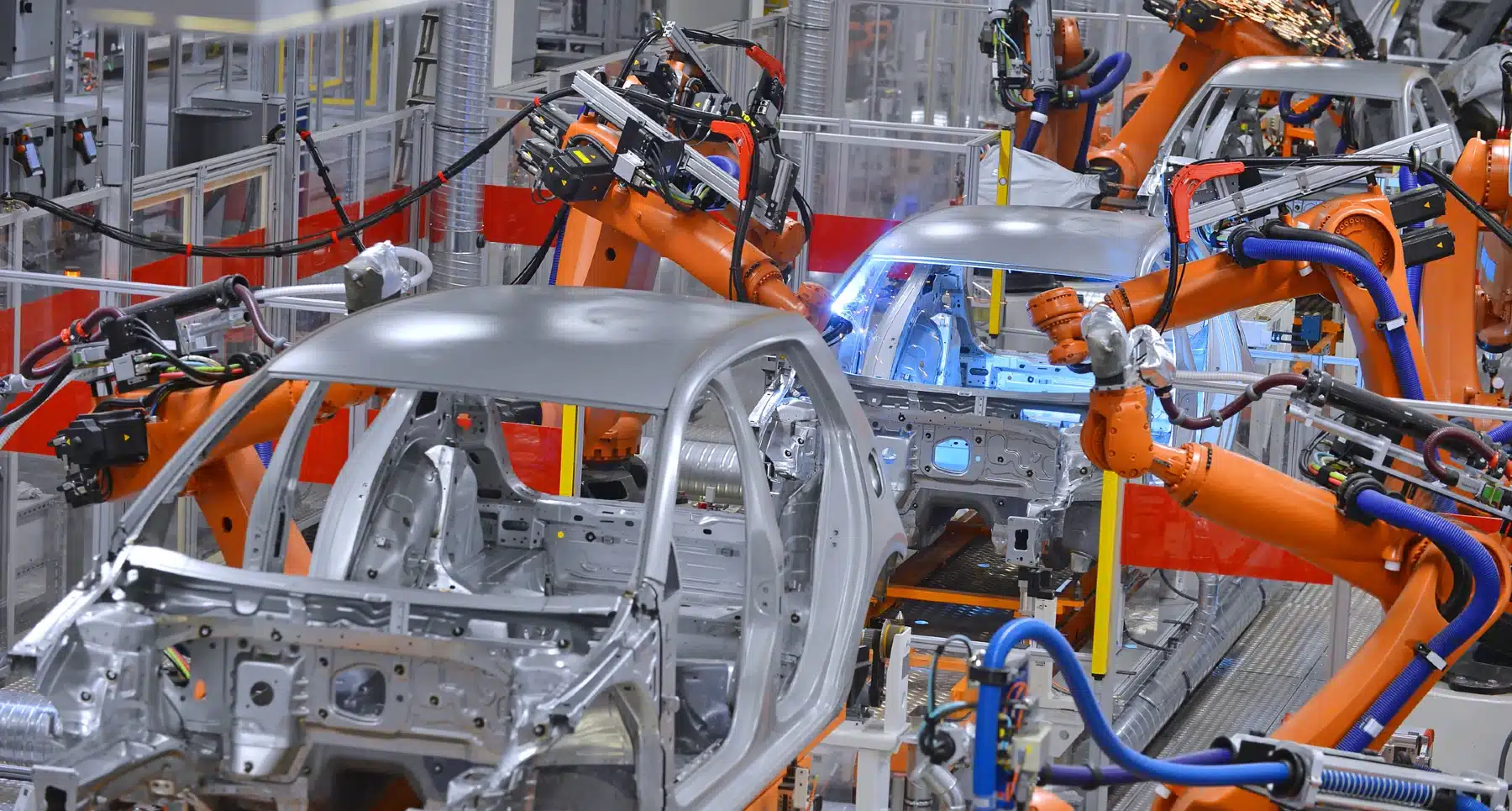
Ford says a new Universal EV Platform, an ‘assembly tree’ manufacturing approach and domestic prismatic LFP cell production could enable a $30,000 midsize electric pickup by 2027 — but engineers and analysts warn the price and timeline depend on risky retooling, supplier qualification and structural battery validation.
Ford’s August 2025 announcement that it will target a $30,000 four‑door, midsize electric pickup for 2027 has instantly reignited debate over whether legacy automakers can translate industrial scale into truly affordable battery‑electric vehicles. The company says the model will ride on a freshly designed Universal EV Platform and be supported by roughly $5 billion of investment across its Louisville assembly complex and the BlueOval Battery Park in Michigan, where Ford plans domestic production of prismatic LFP cells. The prize is obvious: a mass‑market electric truck that could broaden EV adoption — but the timeline and price hinge on a string of technological and manufacturing bets actually paying off. (Ford’s claims and the timetable come from the company announcement.)
At the heart of Ford’s pitch is a radically different manufacturing approach the company calls an “assembly tree”. Rather than assembling a long list of small components in sequence, Ford says it will build large front, middle and rear modules separately and then join them — enabling large single‑piece unicastings, a shorter wiring harness and fewer discrete components. The company claims the architecture will cut part counts by about 20 per cent, reduce fasteners roughly 25 per cent and shorten assembly time by approximately 15 per cent, while slashing the number of dock‑to‑dock workstations. Independent coverage of the plan highlights the same set of target efficiencies, but frames them as corporate goals rather than settled outcomes.
Proponents argue the changes could meaningfully speed plant throughput and improve ergonomics for workers. Ford has suggested the new process could yield up to 40 per cent faster plant throughput at some facilities and dramatically simplify wiring — a factor that has long driven cost and complexity in electric vehicles. Industry analysts and engineering press coverage note the potential for lower per‑vehicle labour and material costs if those numbers are realised, but they also point out that throughput gains are notoriously difficult to guarantee until retooled lines are validated in volume production.
Battery architecture is another pillar of the plan. Ford says it will use prismatic lithium‑iron‑phosphate (LFP) battery cells produced domestically and integrate them as structural elements of the vehicle floor — an approach intended to save mass, reduce parts and control cost by making the battery pack part of the vehicle architecture. The company frames domestic LFP production as a strategic way to insulate supply and lower unit costs, but analysts flag that scaling prismatic production and integrating batteries as structure introduce engineering, safety and supplier‑qualification hurdles that must be resolved before mass manufacture begins.
If the engineering and factory changes work as intended, the economics are persuasive: a simpler parts bill, fewer fasteners and shorter wiring harnesses could shave substantial cost from each vehicle, making a $30,000 starting price plausible on paper. Ford has even signalled performance targets that aim to keep the new pickup competitive with petrol variants on some metrics. Yet commentators and sector reporting caution that headline prices often depend on assumptions about option mix, tax incentives and finance packages — variables that can alter buyers’ out‑of‑pocket costs and the vehicle’s real competitiveness.
We would love to get some feedback!
Let us know if you found this article useful or if you have comments or outstanding questions.
That caveat is crucial because the plan depends on a long list of coordinated tasks — complex engineering validation, supplier retooling and qualification, tariff and materials management, and the conversion of existing plants to unfamiliar assembly methods. Coverage from engineering and manufacturing outlets stresses the substantial technical and supply‑chain risks: new unicastings and structural battery floors must meet crash and durability standards, suppliers must ramp to new part geometries and volumes, and retooled lines must attain quality at high speed. History provides many examples of ambitious manufacturing targets that slipped as real‑world testing exposed unforeseen issues.
For investors and suppliers the stakes are asymmetric. Suppliers that can adapt to the platform’s new demands may win large, long‑term contracts and see volumes rise; conversely, companies tied to legacy components that the platform eliminates could face headwinds. For equity holders, the announcement has been framed as a potential catalyst for Ford’s share valuation — but market commentators warn against treating the statement as a guarantee of rapid share appreciation. Prudence, they say, lies in watching execution milestones: pilot production runs, supplier agreements, battery‑cell qualification and the first customer deliveries. The company’s own framing treats the metrics as targets rather than finished facts.
In short, Ford’s plan could be a genuine inflection point if the Universal EV Platform, assembly‑tree manufacturing and domestic LFP production all come together as engineered. Equally possible — and argued by many observers — is that the project will encounter the familiar friction of large‑scale automotive change, pushing some targets beyond 2027 or diluting the headline price. The sensible posture for analysts, suppliers and prospective buyers is clear: recognise the potential, but demand evidence in the form of validated production metrics and parts‑supply confirmations before treating the $30,000 figure as anything more than a company target.











